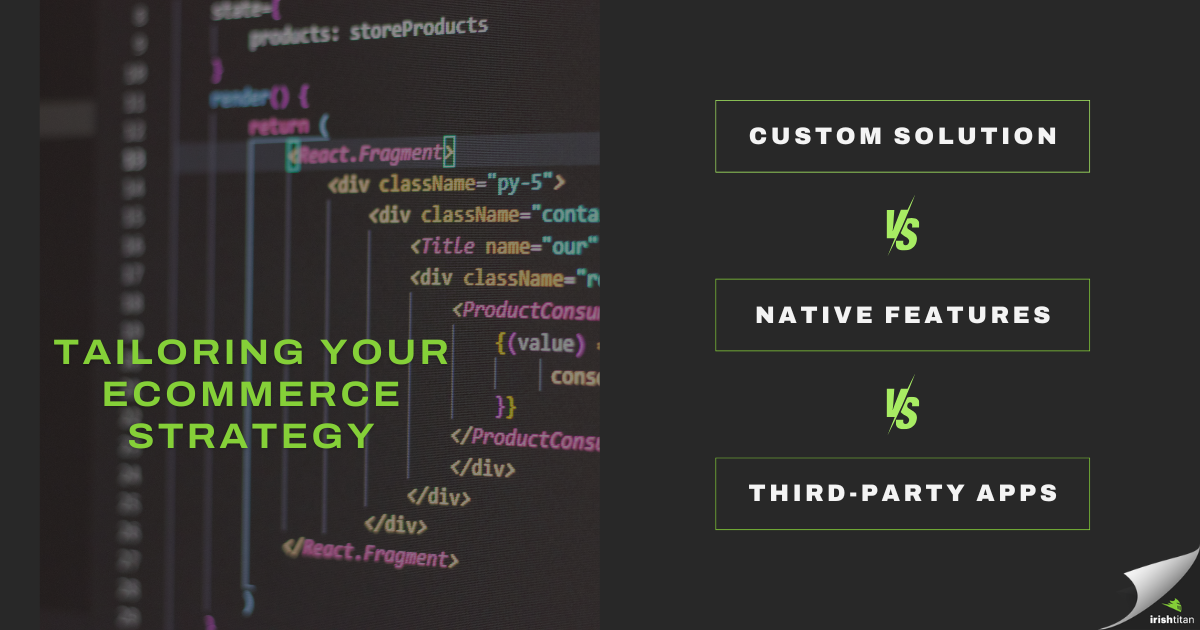Day Two is Stasis...
Guest Blogger: Marc Kermisch is the CIO and VP of The Garage at Red Wing Shoe Company. He has been at the forefront of the company’s transition from in-store experiences to eCommerce. Prior to Red Wing Shoe Company, Marc spent seven years at Target Corporation in a variety of roles, and has experience in industries from Financial Services and Public Utilities to High-tech and Start-ups.
“Day Two is stasis. Followed by irrelevance. Followed by excruciating, painful decline. Followed by death. And that is why it is always Day One.”
Here is Amazon.com’s Vision Statement, "Our vision is to be earth's most customer-centric company; to build a place where people can come to find and discover anything they might want to buy online."
Now, here is Amazon.com’s Mission Statement, “We strive to offer our customers the lowest possible prices, the best available selection, and the utmost convenience.”
Think about that for a minute.
Amazon’s goal is to relentlessly focus on the customer and let them buy anything they want at the lowest price possible. Their approach to accomplish this vision/mission has been twofold: reduce the friction of purchasing and receiving a product, and create an endless aisle of goods available to the consumer. Amazon Prime, one-click purchasing, two-day shipping on almost all products, one-hour shipping on select products, voice enabled, Amazon Fulfillment, and third party marketplaces are some of the ways that Amazon accomplishes their goal.
Compare Amazon’s mission statement to Wal-Mart’s, “We save people money so they can live better.” While this statement sounds good, where is the focus on the customer? How does Wal-Mart measure a better life? Can they tie that back to how they profit as a company?
Amazon’s mission is simple; focus on the customer, give them anything they want as fast and easily as possible and at the lowest price. Amazon’s most recent quarterly earnings report stated their revenues were up 34%.
Target’s mission statement is “Expect more, Pay less.” This is a great tagline, but is it really a mission statement? Where is the customer defined in this statement? What can they expect more of? Is paying less really what the customer wants?
The point being is, Amazon has defined a very clear mission.
It isn’t altruistic, they instead focus on giving the customer what they want when they want it, versus trying to better their life or get them to expect more.
Couple this approach with Jeff Bezos’s mantra, “It’s always Day One.” This mantra keeps them competitive and gives them an underdog mindset that has kept Amazon innovating in every corner of their business. This has not only led to increased revenues, but also opened up new markets. Amazon is now able to make markets versus just enter them. Think about voice interfaces and cloud services. Amazon may not have been first, but they made those markets.
With the traditional brick-n-mortar retailer averaging low to mid-single digit growth year over year, Amazon is outpacing by a factor of 10. Wal-Mart grew at 2.7% in 2016 vs. Amazon at 24.6% and Target at -5.6%. What you are finding is that convenience, price, and assortment are winning with the consumer.
How does a traditional retailer win, when the majority of a path to purchase journeys start on a mobile phone? Experience!
Recently in the WSJ they wrote about Wausau, WI's dying mall but thriving main street.
The reason small retail shops on main street are flourishing is they are providing an experience to the consumer coupled with unique products that can't be found elsewhere. The article calls out that the mall is dying in Wausau because it is easier to order an everyday item from a national retailer online than to drive the 10 miles to the mall. Retailers that may be located in malls need to be pushing the operators of the malls to layer on experiences and services to enhance the consumer experience.
Take the Mall of America in Minneapolis, MN. They have developed a social media and customer service command center. They track all hashtags, tags, and references to the Mall of America or any of their tenants and interact with the consumer to help them find what they need. If you are lost, you can text the Mall or hashtag them on their Twitter account and get a response. In addition, they have put in ubiquitous Wi-Fi and continue to invest in attractions that bring traffic to the mall on behalf of their retailers.
If the largest online retailer is acting as if it is always Day One and competing as if their company is dependent on growth, then the only way to compete is to adopt a similar attitude.
Never stop reinventing your business and leaning into the trends of the consumer.
More reads





More from Musings...

Custom solutions offer tailored functionality for unique needs but come with higher costs and maintenance. Native features are cost-effective and easy to implement but may lack flexibility. Apps provide specialized tools but can create dependencies and added expenses.

By Nate Levine, User Experience Engineer at Irish Titan. Heat maps are a type of data visualization tool that illustrates how users interact with your website. They use color coding to represent the level of activity across different parts of your site—think of it like a weather map, but instead of showing temperature, it shows user engagement. The hotter the color (reds, oranges), the more active the engagement with that section, while cooler colors (blues, greens) indicate less interaction.

Email marketing is the unsung hero of ecommerce success. Automated email flows are not just a "nice-to-have"— “they are the backbone of your marketing strategy” according to our Designer and resident Klaviyo Queen, Elissa Boll. Flows help consistently generate passive income and keep your brand top of mind for existing and potential customers.
